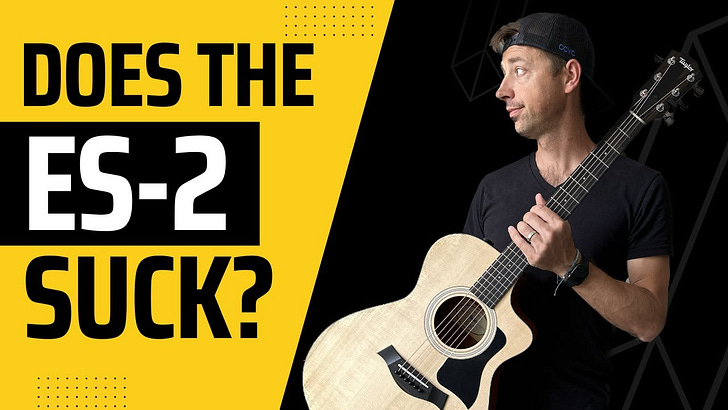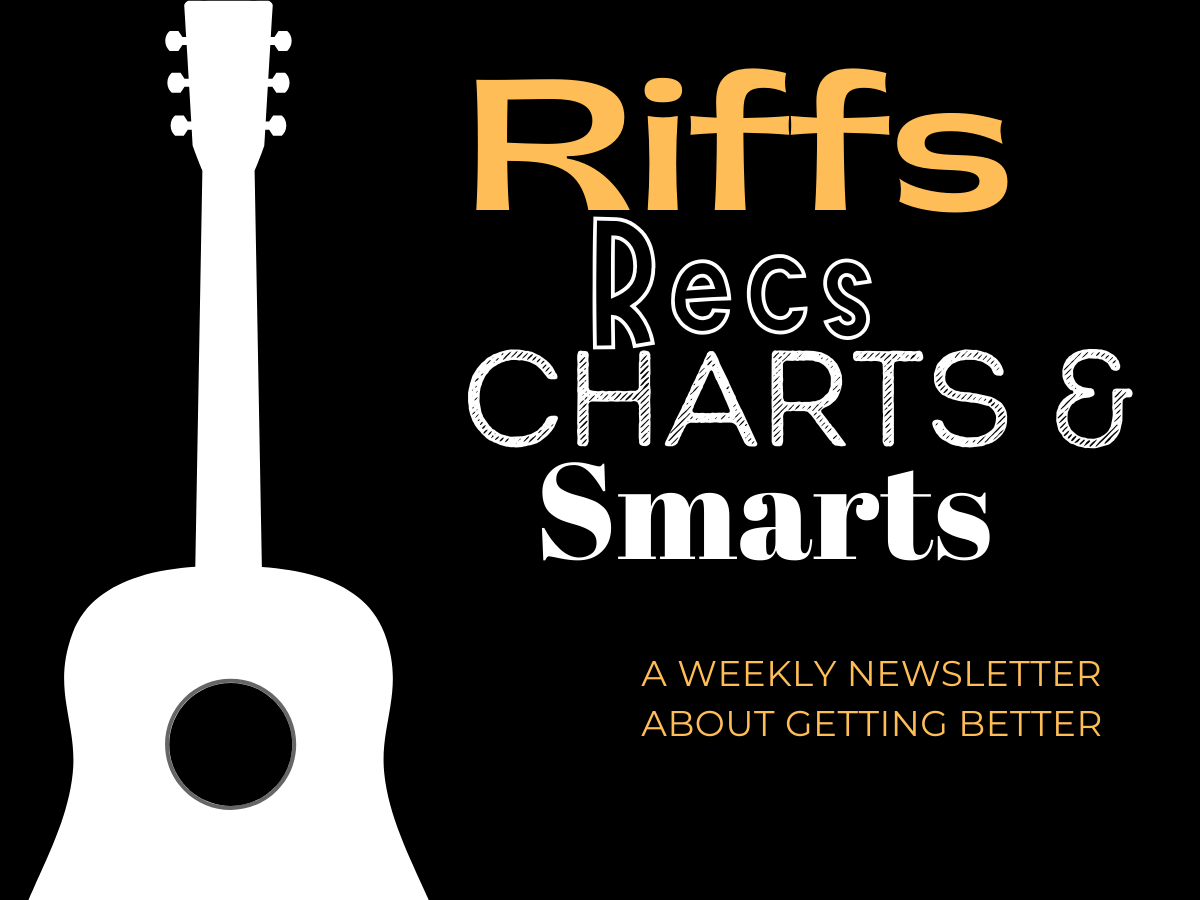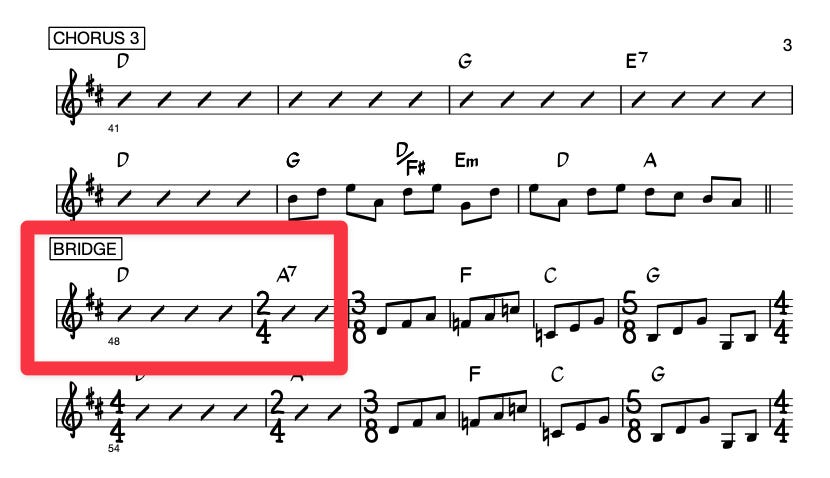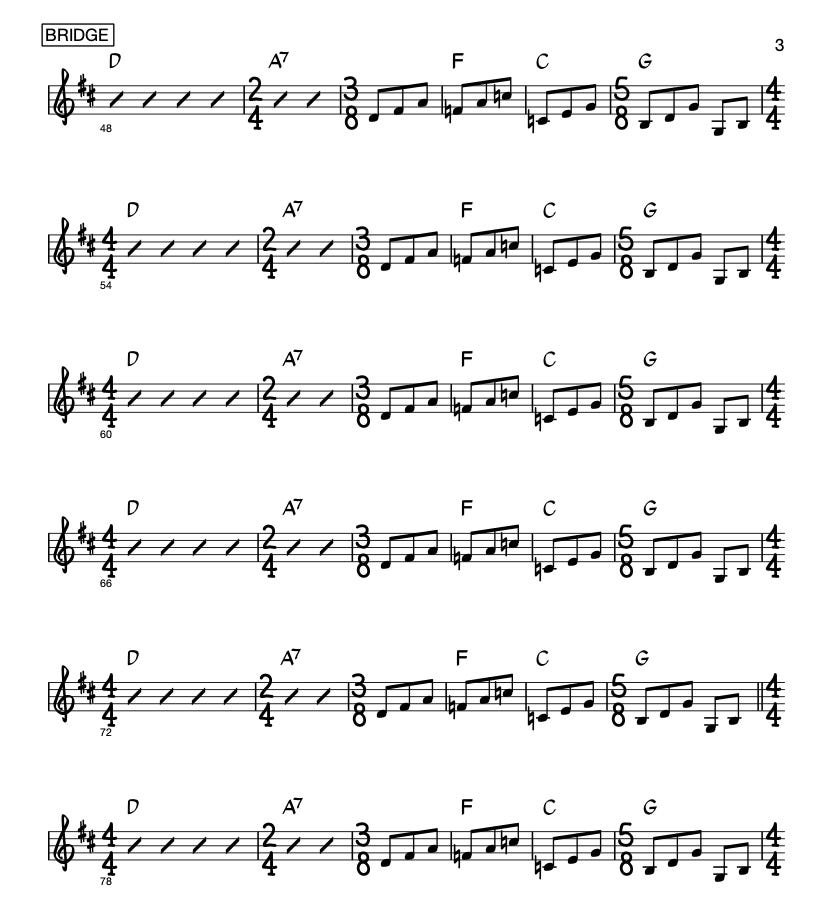RIFFS:
I got my first guitar for my 14th birthday.
On Sunday I’ll be 44. That’s thirty years of playing guitar.
Here’s a few things I’ve learned:
You can do it for the money.
You can do it for the music.
You can do it for the hang.
Two out of the three is great. Getting all three is unbelievable good luck—cherish it. Because…
All gigs end.
Protect your reputation fiercely—communicate clearly, show up prepared, pay people on time, drive the van smoothly, & don’t make a habit of being the drunkest one.
You spend a lot more time offstage than onstage. Doesn’t matter how good you are during your three-hour set if you’re a drag to be around the other 21 hours of the day.
Lighter guitars are usually better.
Your back won’t hurt so much if you learn to play without looking at your hands.
(Yoga helps too.)
Being a starving artist is over-romanticized and dumb. Find a way to make it sustainable. For example…
It’s usually more fun to play music you don’t care about for an enthusiastic audience than it is to play music you’re enthusiastic about for an audience that doesn’t care about you.
You rarely need more than 15 minutes’ worth of fake enthusiasm before the real kind shows up.
Gig bags are better than hard cases.
Theory is just the names we give to commonly occurring things. Having the names makes it easier, not harder.
That said, if it doesn’t occur commonly in the music YOU play, you probably don’t need to know its name.
You’ll have a lot more fun onstage if you memorize the music. (Your audience will too.)
There’s great freedom in playing a mass-produced guitar that you don’t have to worry about.
The hype around the PLEK is real.
So leave a little room in the budget for a really good setup—you’ll play it more (and enjoy it more when you do).
Chicago has more amazing drummers per square mile than any place on Earth.
Even still, you’ll spend more time without a drummer than with. Get comfortable with drum loops, a drum machine, and the metronome.
In time. In tune. With dynamics. Music is better that way.
You’ll never “arrive,” so you’d best enjoy the journey.
Still: don’t confuse practicing & playing.
Practicing is when you take an unflinchingly honest look at what could be better, then take steps to improve it.
Playing is when you turn off that mindset and enjoy the thing you’ve built.
“Natural talent” is just the ability to perceive a finer level of detail. (…and you can get more “natural” talent.)
Getting good at music is a meta skill. You can take that same process and learn most anything—languages, cooking, coding, photography, business, parenting, writing.
Expect to fail on your way to success.
RECS:
I’ve been hearing people bash the Taylor ES-2 pickup system.
So I decided to run a real-world test against a more conventional undersaddle:
CHARTS:
I just added Here Comes The Sun to my solo show.
In this Dropbox folder, you’ll find:
PDF, .sib, & musicXML files for…
…the song as it sounds (ie how the rest of the band plays it)…
…and the song as it’s played (ie how the capo’d acoustic guitar is played)
I also added some SoundSlice TABs for:
SMARTS:
1 - the key
It’s in A, but George Harrison capos at the 7th fret & plays it as if it’s in D.
I wrote the SoundSlices in D, and included charts for both D and A.
Without looking it up, can you work out the real chord names?
2 - the section names
The VERSE and the CHORUS are fairly similar.
Decades ago I struggled to memorize this song because I couldn’t keep the parts straight in my mind—I kept mixing up the chords of the verse & chorus.
3 - each chorus ends differently
CHORUS 1 - straight into VERSE 1
CHORUS 2 - has an extra two bars before VERSE 2:
CHORUS 3 - similar to the two bars after CHORUS 2, only it’s the beginning of the BRIDGE
CHORUS 4 - straight into CHORUS 5
CHORUS 5 - goes into the TAG/OUTRO
4 - the bridge!
When you listen to it, it makes perfect logical sense.
But it’s a prog-rock-worthy jumble of time signatures:
In 4/4 and 2/4, we count quarter notes.
In 3/8 and 5/8, we count eighth notes.
Sounds like this:
For more fun time nerdery, check out RhythmOS, my course on music’s most important skill.
5 - Nina Simone’s version
If you’ve never heard it, it’s gorgeous.
My favorite moment is the gospel-inspired piano breakdown leading into the outro (where the percussionist switches to triangle—underrated instrument!):
That’s all I got this week!
See you next Wednesday,
Josh














